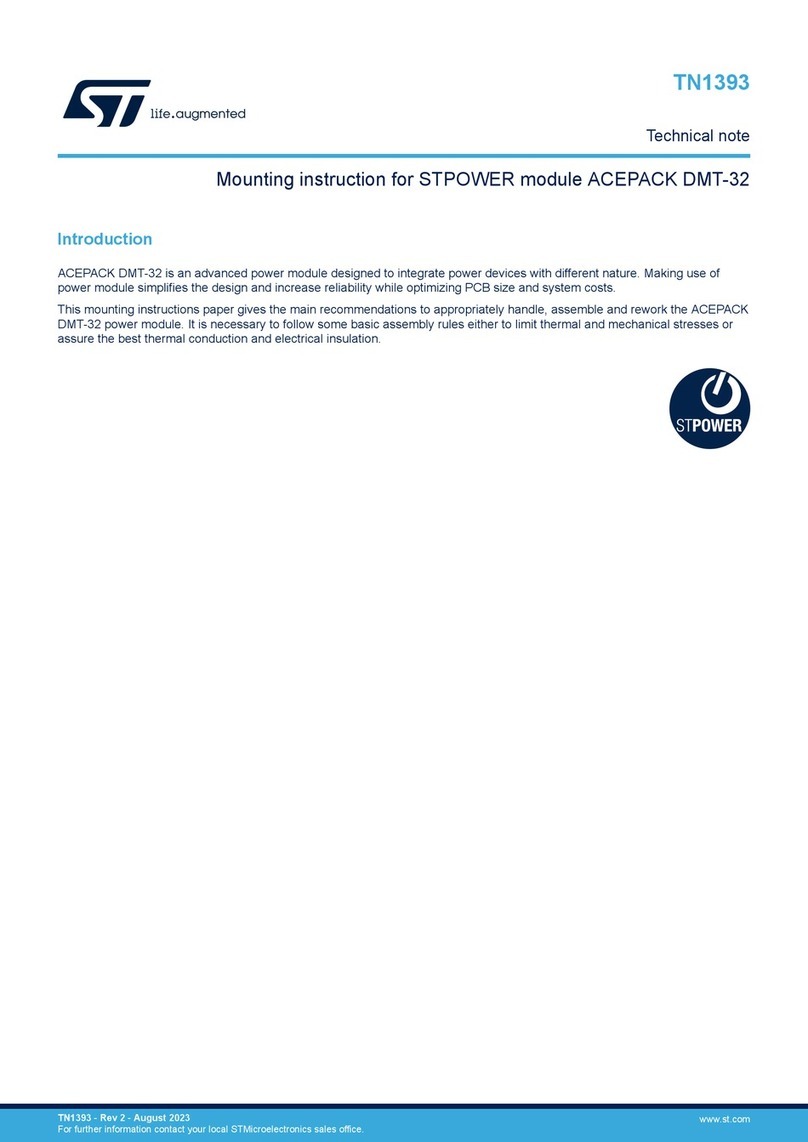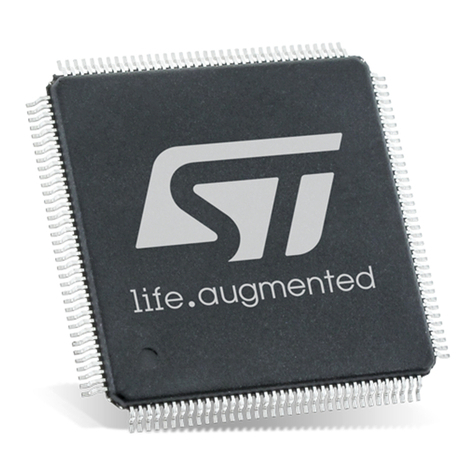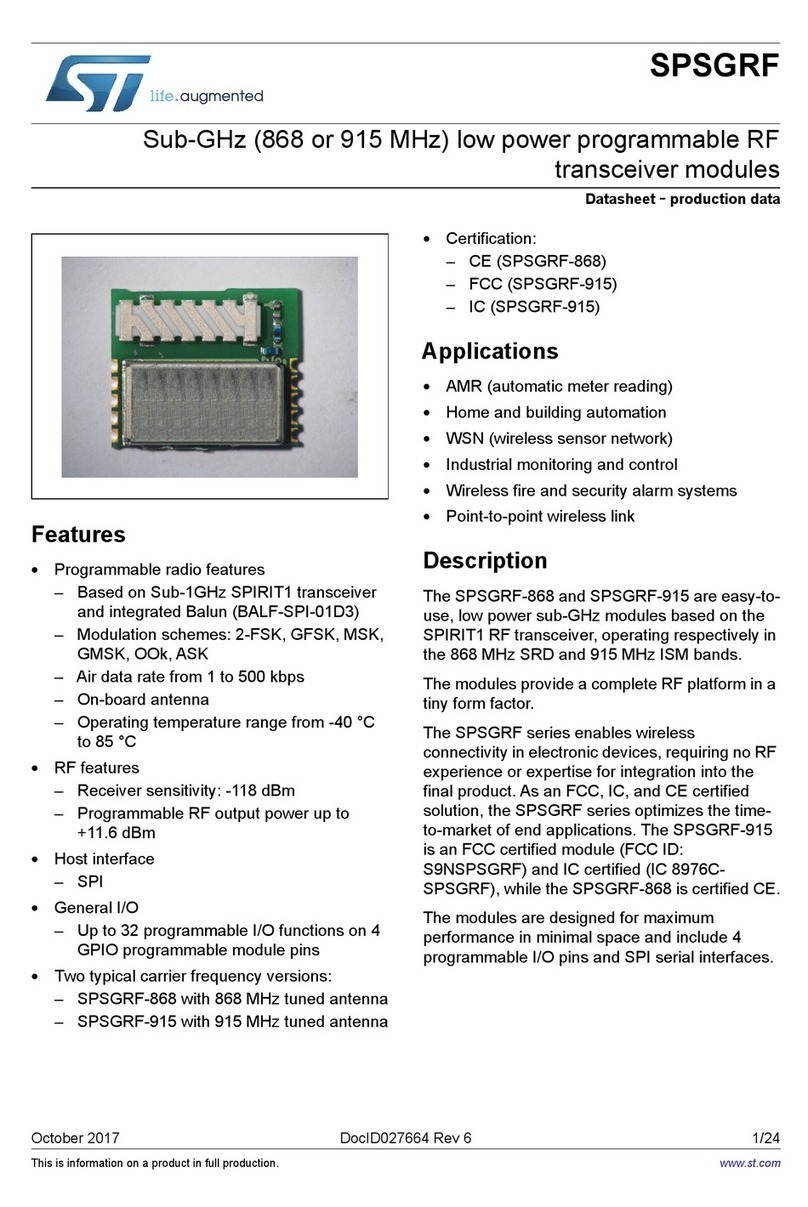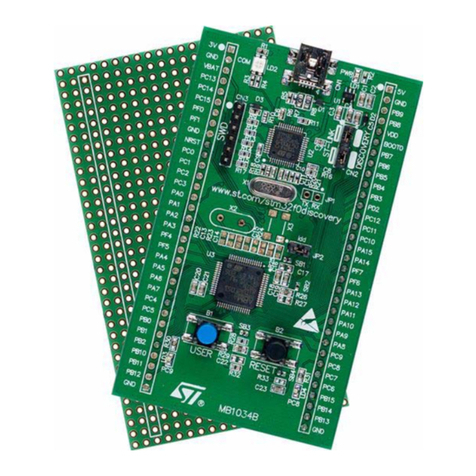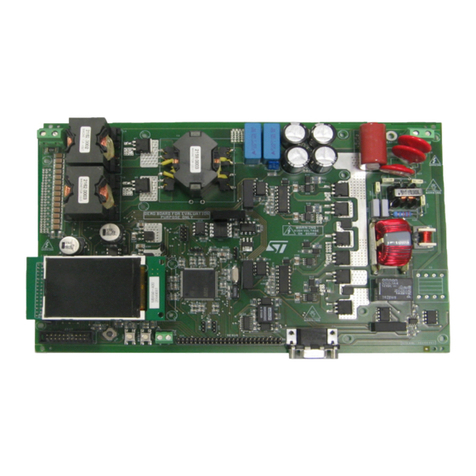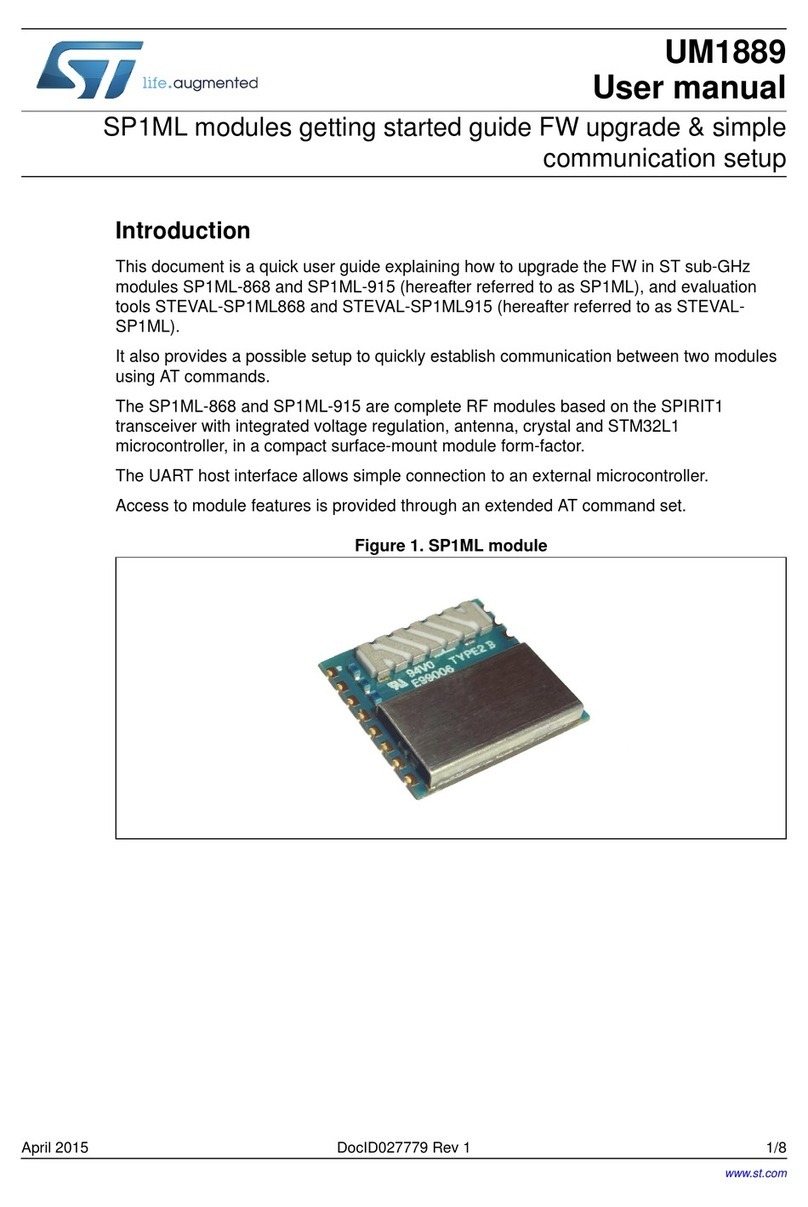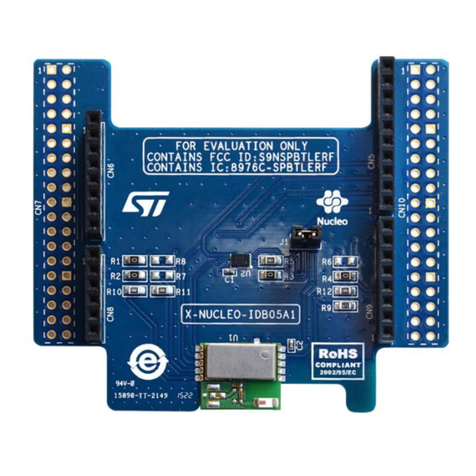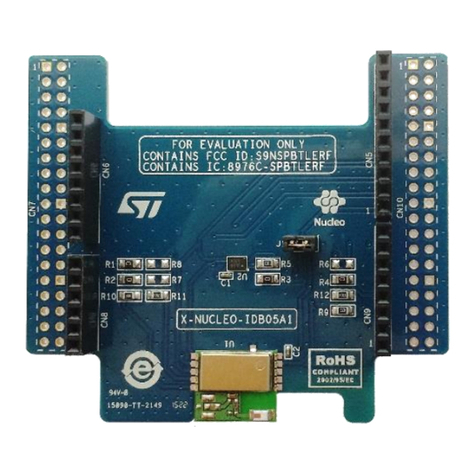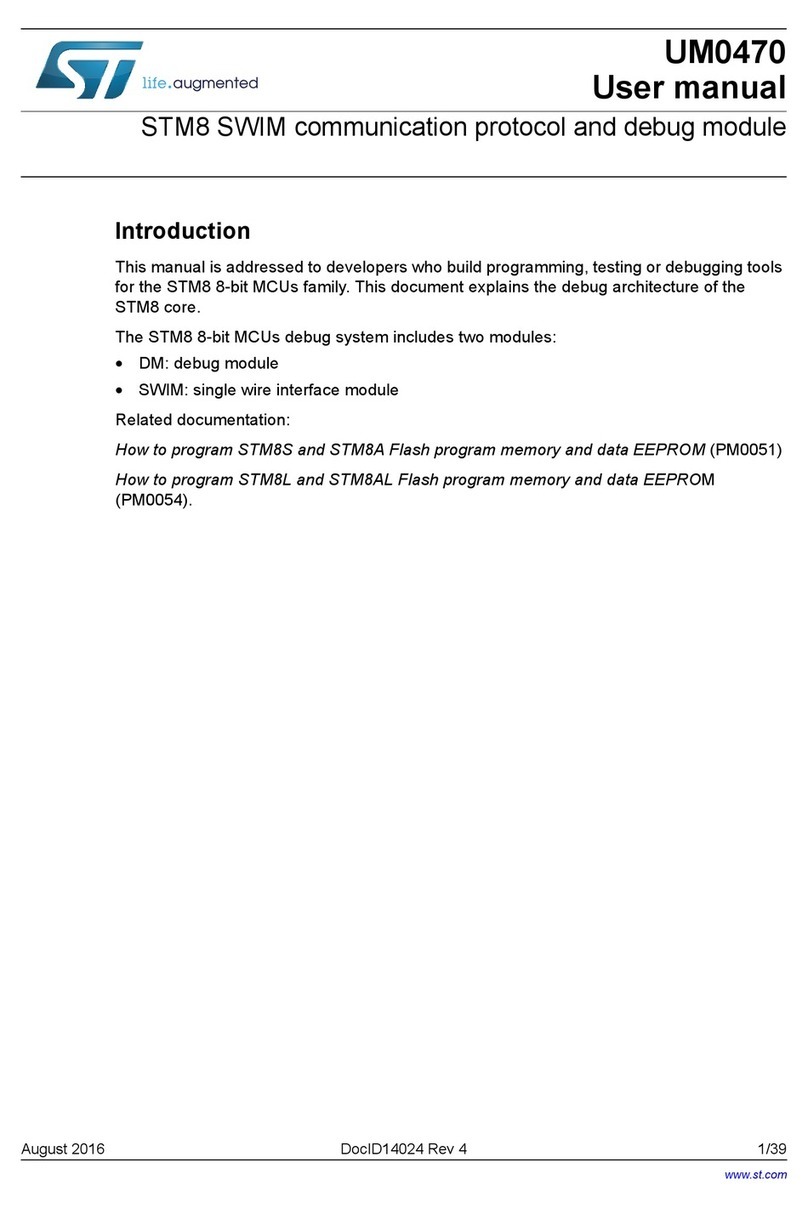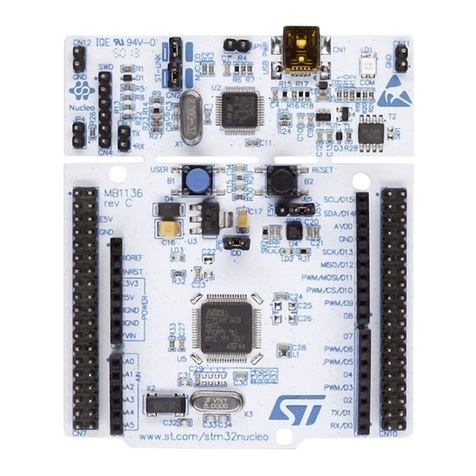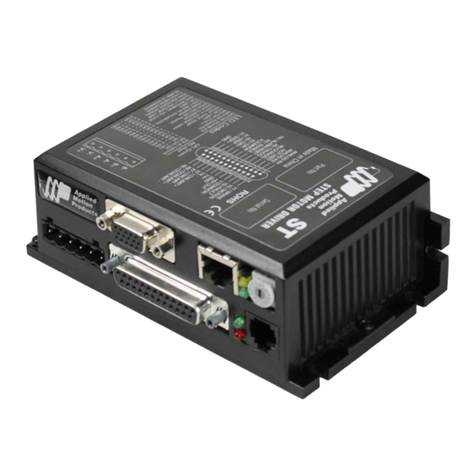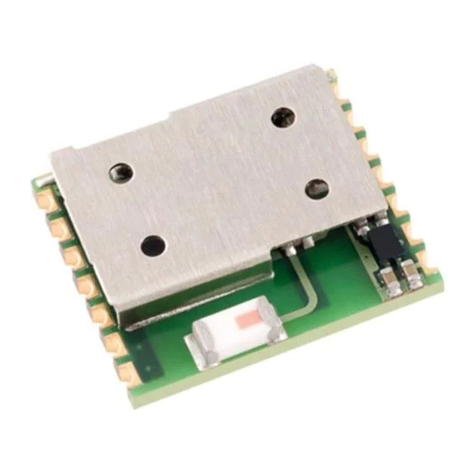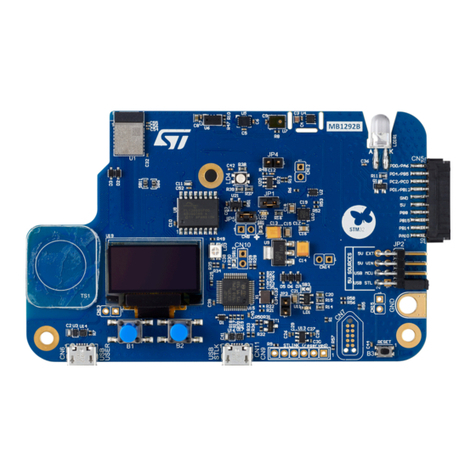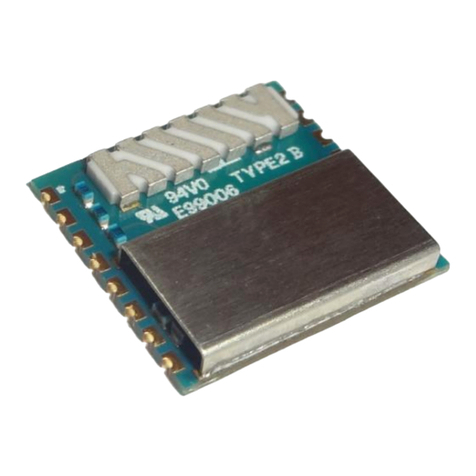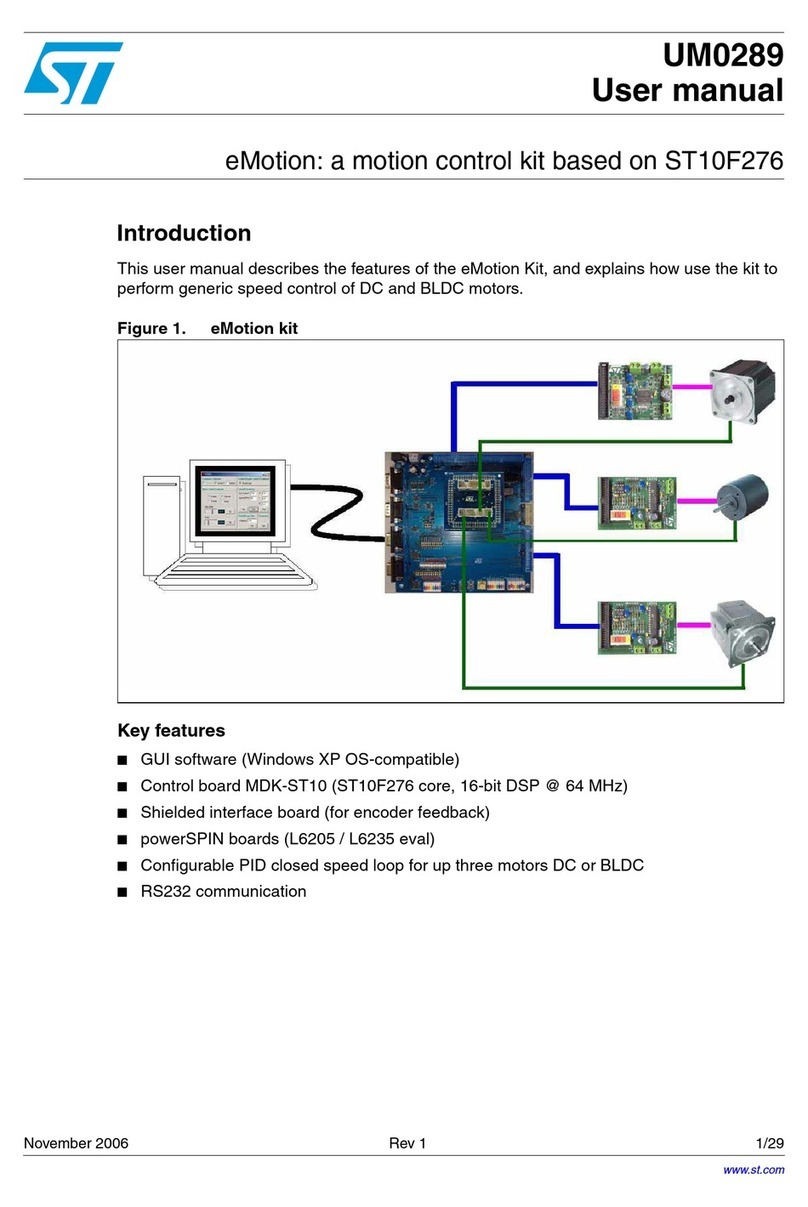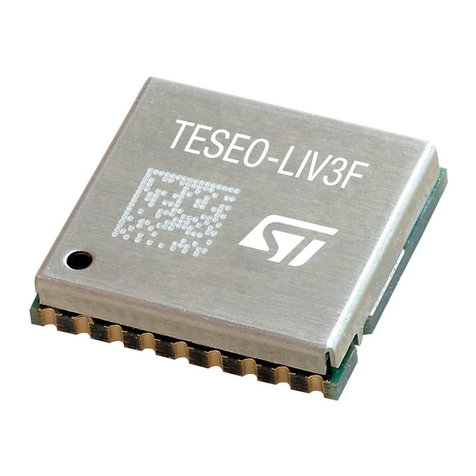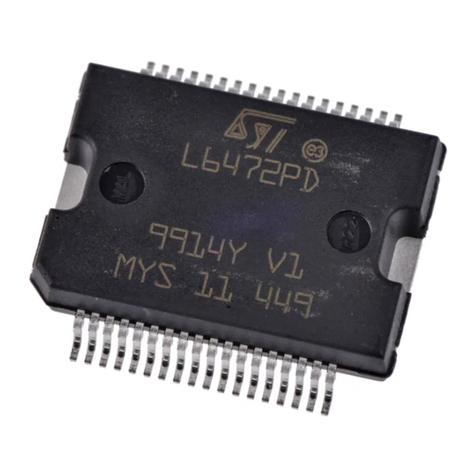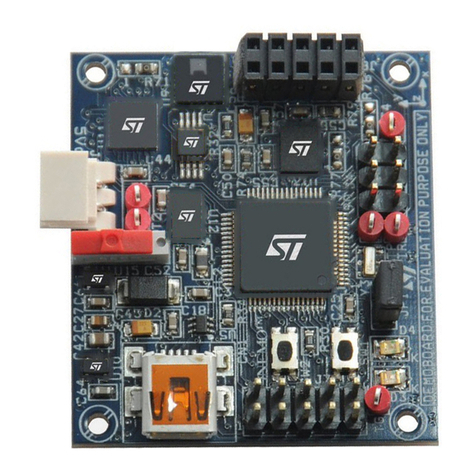
List of figures UM2243
6/41 UM2243 Rev 2
List of figures
Figure 1. X-NUCLEO-LPM01A . . . . . . . . . . . . . . . . . . . . . . . . . . . . . . . . . . . . . . . . . . . . . . . . . . . . . . 1
Figure 2. Hardware block diagram . . . . . . . . . . . . . . . . . . . . . . . . . . . . . . . . . . . . . . . . . . . . . . . . . . . 10
Figure 3. X-NUCLEO-LPM01A layout top view . . . . . . . . . . . . . . . . . . . . . . . . . . . . . . . . . . . . . . . . . 11
Figure 4. X-NUCLEO-LPM01A layout bottom view . . . . . . . . . . . . . . . . . . . . . . . . . . . . . . . . . . . . . . 12
Figure 5. JP3 (USB setting) . . . . . . . . . . . . . . . . . . . . . . . . . . . . . . . . . . . . . . . . . . . . . . . . . . . . . . . . 14
Figure 6. JP3 and JP2 (USB charger setting) . . . . . . . . . . . . . . . . . . . . . . . . . . . . . . . . . . . . . . . . . . 14
Figure 7. JP3 and CN7 (Ext Pwr setting) . . . . . . . . . . . . . . . . . . . . . . . . . . . . . . . . . . . . . . . . . . . . . . 15
Figure 8. JP3 (power from Arduino setting) . . . . . . . . . . . . . . . . . . . . . . . . . . . . . . . . . . . . . . . . . . . . 16
Figure 9. CN4 and CN13 +5V pin assignment. . . . . . . . . . . . . . . . . . . . . . . . . . . . . . . . . . . . . . . . . . 16
Figure 10. Pins AREF and 3V3 of Arduino Uno connectors CN4 and CN3 . . . . . . . . . . . . . . . . . . . . . 18
Figure 11. Pins AREF and 3V3 of Arduino Nano connectors, output connector CN14 and
jumpers JP1, JP9, JP10, JP4 . . . . . . . . . . . . . . . . . . . . . . . . . . . . . . . . . . . . . . . . . . . . . . . 18
Figure 12. Jumper setting for Arduino with Nucleo target board . . . . . . . . . . . . . . . . . . . . . . . . . . . . . 19
Figure 13. STM32 Nucleo64 target board plugged into the X-NUCLEO-LPM01A. . . . . . . . . . . . . . . . 20
Figure 14. STM32 Nucleo32 target board plugged into the X-NUCLEO-LPM01A. . . . . . . . . . . . . . . . 21
Figure 15. Basic connector CN14 . . . . . . . . . . . . . . . . . . . . . . . . . . . . . . . . . . . . . . . . . . . . . . . . . . . . 22
Figure 16. Static current measurement principle . . . . . . . . . . . . . . . . . . . . . . . . . . . . . . . . . . . . . . . . . 23
Figure 17. Dynamic current block diagram . . . . . . . . . . . . . . . . . . . . . . . . . . . . . . . . . . . . . . . . . . . . . 24
Figure 18. Embedded user interfaces elements . . . . . . . . . . . . . . . . . . . . . . . . . . . . . . . . . . . . . . . . . 27
Figure 19. Arduino D7 trigger signal from target schematics. . . . . . . . . . . . . . . . . . . . . . . . . . . . . . . . 29
Figure 20. Arduino Uno D7 trigger signal from target and solder bridges SB26 . . . . . . . . . . . . . . . . . 30
Figure 21. Arduino Nano D7 trigger signal from target . . . . . . . . . . . . . . . . . . . . . . . . . . . . . . . . . . . . 30
Figure 22. Arduino D2, D3 trigger signal to target schematics . . . . . . . . . . . . . . . . . . . . . . . . . . . . . . 31
Figure 23. Arduino Uno D2, D3 trigger signal to target and solder bridges SB3, SB5. . . . . . . . . . . . . 31
Figure 24. Arduino Nano D2, D3 trigger signal to target . . . . . . . . . . . . . . . . . . . . . . . . . . . . . . . . . . . 32
Figure 25. Extension connector CN11 with Arduino Uno. . . . . . . . . . . . . . . . . . . . . . . . . . . . . . . . . . . 33
Figure 26. Extension connector CN11 with Arduino Nano. . . . . . . . . . . . . . . . . . . . . . . . . . . . . . . . . . 34
